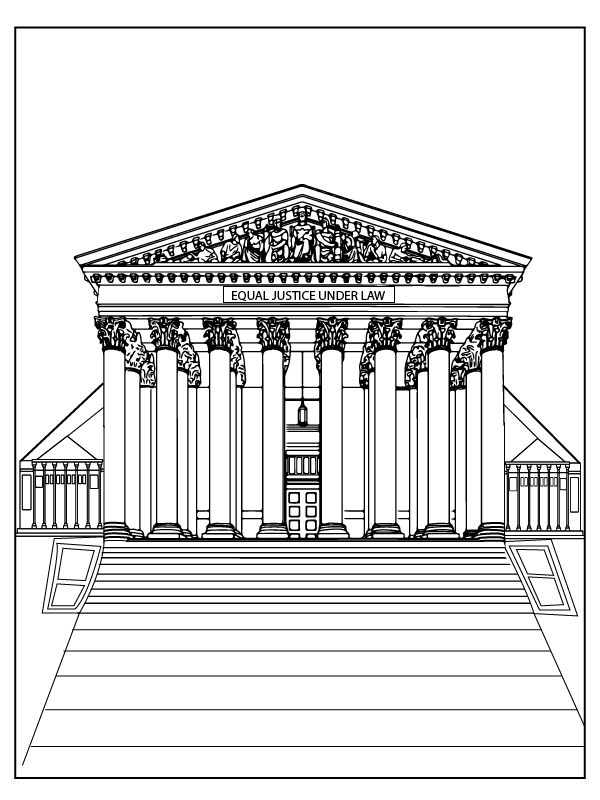The United States Supreme Court is set to make a significant decision that could redefine the scope and reach of judicial powers. This landmark ruling has the potential to impact every citizen, altering how laws are interpreted and enforced across the country. As the highest court in the land prepares to restrict the authority of judges, understanding the implications becomes crucial for everyone.
This article delves into what these changes might mean for individuals and communities. By examining various legal precedents and recent rulings, we aim to provide clarity on how this shift in judicial power may affect daily lives. From federal agencies to local courts, the ripple effects of this decision could be profound, influencing everything from policy-making to individual rights.
Understanding Judicial Authority
Judicial authority plays a pivotal role in maintaining the balance of power within the legal system. In Virginia, the Supreme Court holds the responsibility for the control and discipline of judges. This means that any person interested in a court proceeding can obtain a transcript, ensuring transparency and accountability in judicial processes. Such measures reinforce public trust in the judiciary by making proceedings accessible.
In Alaska, the court system operates under specific guidelines where the authority of a District Court judge is more expansive compared to other jurisdictions. The justice system collaborates with the Supreme Court on matters outside adjudication, highlighting the importance of a structured hierarchy that ensures fair and consistent application of laws.
Meanwhile, Texas's Constitution outlines its judicial department, vesting judicial power in one Supreme Court, among other courts. This framework underscores the necessity of having a well-defined judicial structure to handle various cases efficiently. It also emphasizes the need for checks and balances to prevent misuse of judicial power.
Impact of Supreme Court Rulings
A recent 6-3 decision by the U.S. Supreme Court redefined the use of Chevron deference, a principle that previously allowed federal courts to defer to reasonable agency interpretations when statutes were ambiguous. Chief Justice Roberts authored the majority opinion, signaling a shift towards judicial review rather than deference. This change places more responsibility on federal judges to interpret complex regulations.
This decision marks a turning point as it overturns a longstanding precedent, shifting policy decisions from federal agencies to federal judges. For health policy alone, the implications will resonate for years, affecting how regulations are implemented and enforced. Understanding this transition is vital for stakeholders involved in healthcare and related sectors.
Additionally, the Supreme Court has limited the Securities and Exchange Commission's (SEC) ability to impose fines for fraudulent activities. Congress had previously authorized the SEC to use independent administrative law judges for hearings. However, the Court ruled such practices unconstitutional, mandating that wrongdoers must return their ill-gotten gains through proper judicial channels.
Boundaries of Judicial Power
Superior Courts operate under defined powers and duties assigned to superior court judges. These courts handle a variety of matters but are constitutionally limited to no more than three courts per county. Such limitations ensure efficient case management and prevent overburdening the judicial system.
Furthermore, judicial review serves as a critical mechanism to assess executive orders against constitutional standards. The Third Circuit Court noted that the Constitution imposes limits on governmental power, reinforcing the judiciary's role in safeguarding democracy. The Supreme Court often intervenes to uphold these principles, protecting citizens from excessive government intrusion.
As the legal landscape evolves, the interplay between legislative intent, judicial interpretation, and executive action continues to shape the nation's governance. By setting clear boundaries and upholding constitutional principles, the judiciary maintains its role as a guardian of justice and fairness.

